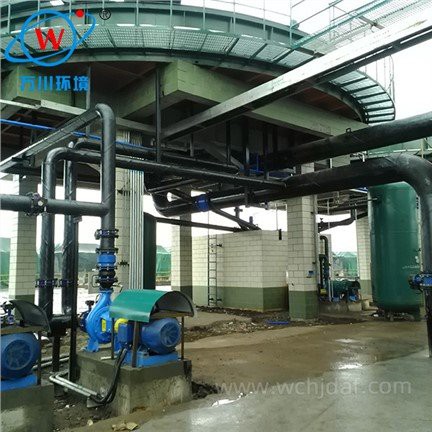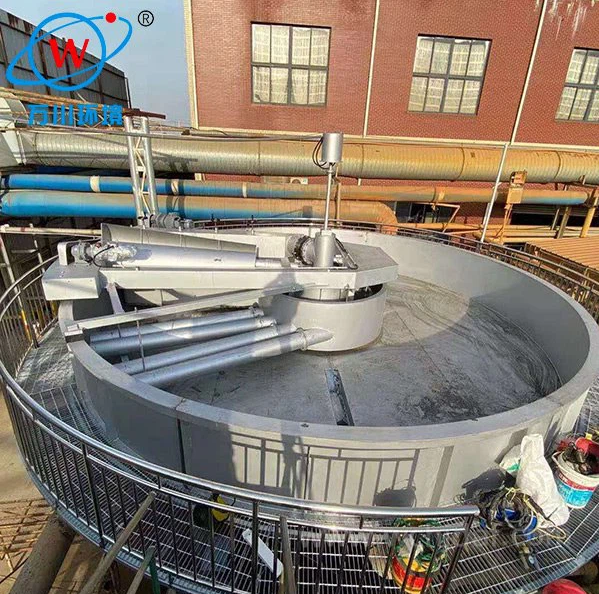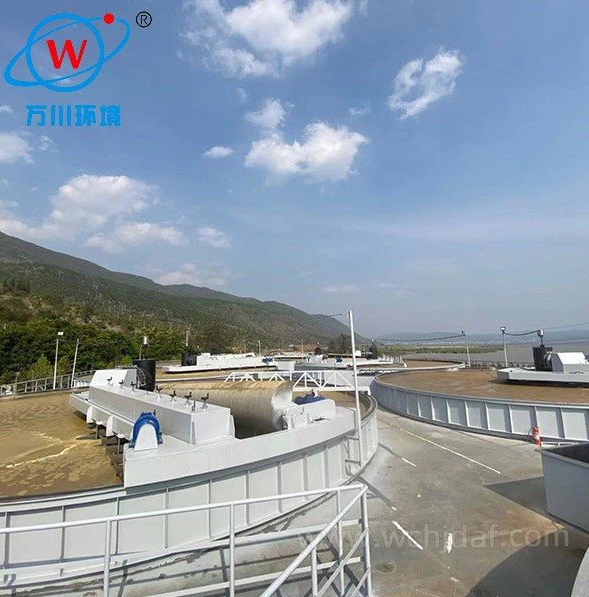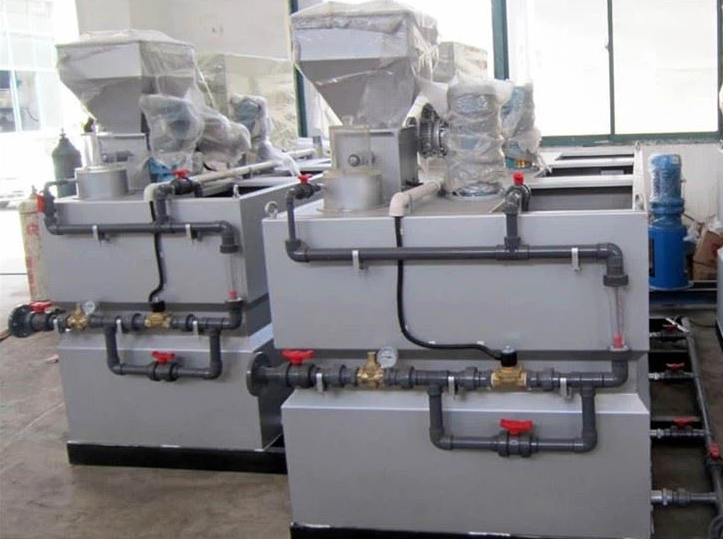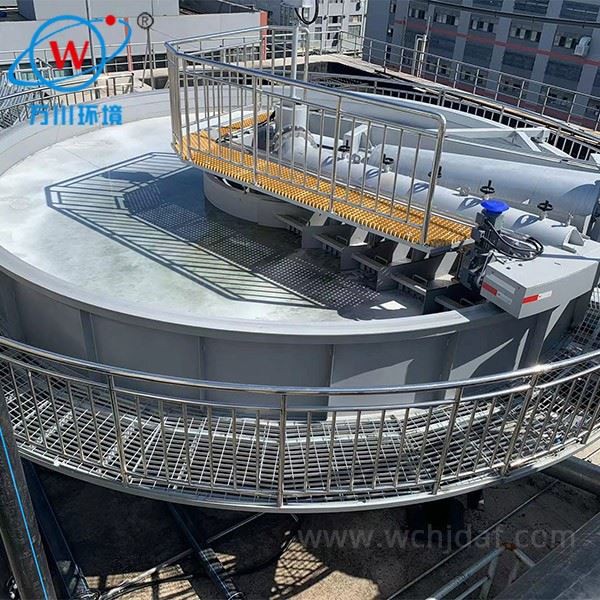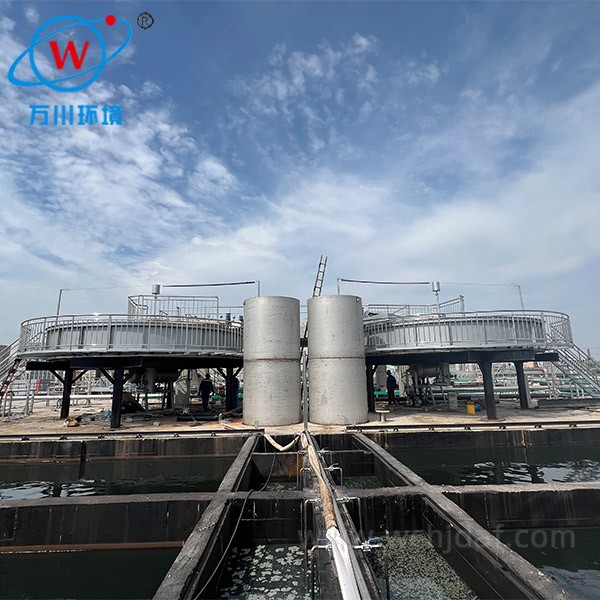Sedimentation Tank Optimization Strategies
1
Optimize Influent Conditions
- Ensure that the influent flow is evenly distributed to avoid impaction within the tank and turbulence.
- Install influent buffer zones or diversion devices to reduce water velocity.
- Allow suspended particles to flow smoothly into the sedimentation area.
- Reduce resuspension caused by flow disturbances.
Pro Tip: Proper flow distribution is foundational for effective sedimentation - invest time in optimizing inlet conditions before other adjustments.
2
Improve the Tank Environment
- Regularly clean accumulated sludge and impurities within the tank.
- Prevent sludge from compacting and blocking flow channels.
- Ensure full utilization of the tank's effective volume.
- Maintain appropriate water temperature and pH within the tank.
- Create a stable physicochemical environment for particle settling.
- Minimize the impact of environmental fluctuations on sedimentation.
3
Appropriate Use of Chemicals
- Based on influent water quality, add appropriate flocculant or coagulant aid.
- Promote aggregation of fine suspended particles into larger flocs.
- Accelerate sedimentation through proper chemical treatment.
- Carefully match chemical type to dosage requirements.
- Avoid excessive dosage which can deteriorate water quality.
- Prevent increased sedimentation burden from improper chemical use.
4
Strengthen Sludge Discharge Management
- Promptly discharge sludge deposited at the bottom of the tank.
- Prevent excessive sludge layers from disrupting upper water flow.
- Avoid settled particles re-entering water due to sludge disturbance.
- Conduct sludge discharge operations smoothly.
- Minimize disruption to water flow within the tank.
5
Optimize Equipment Configuration
- Check and adjust operating status of outlet weirs and sludge scrapers.
- Ensure scrapers can evenly remove sludge from tank bottom.
- Verify outlet weirs can steadily collect supernatant.
- Prevent equipment failures causing localized water flow abnormalities.
- Maintain equipment to avoid impacts on overall sedimentation efficiency.
Regular monitoring and balanced implementation of these strategies will significantly improve sedimentation tank performance and water treatment efficiency.

